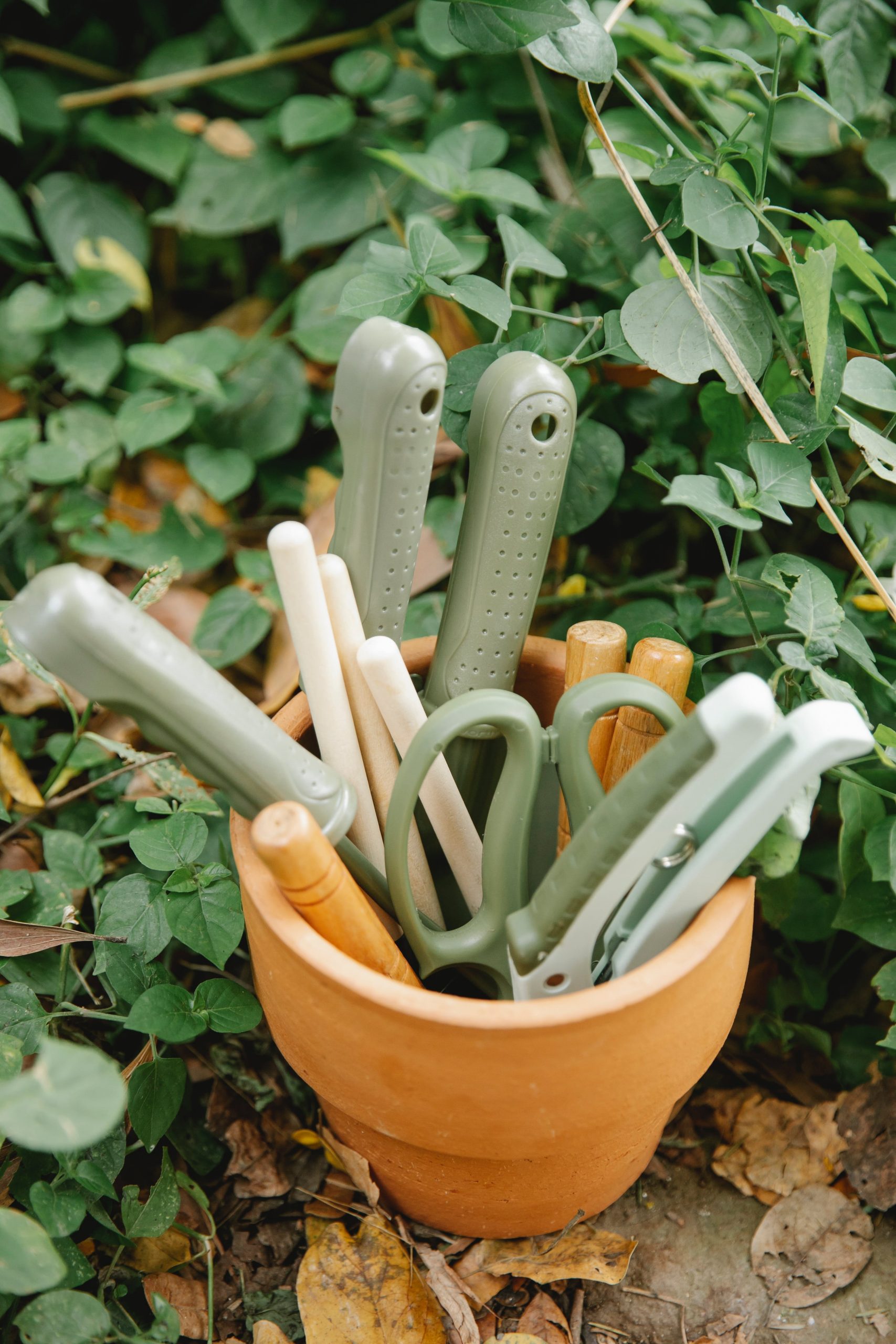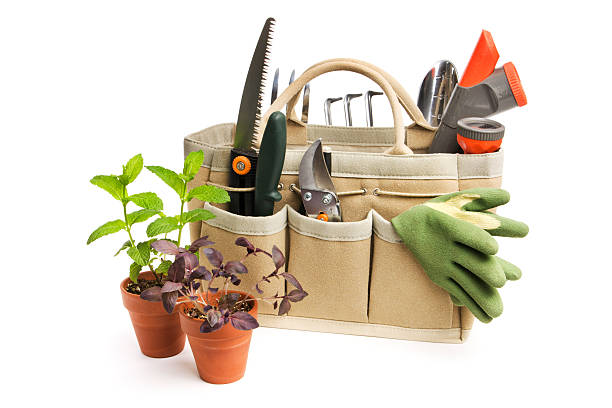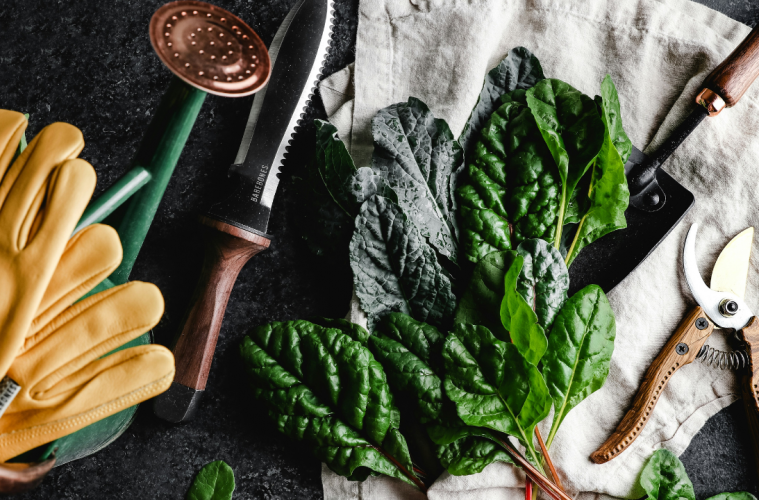Maintaining your garden tools isn’t just about preserving their appearance; it’s about ensuring they perform optimally every time you need them.
From spades to shears, each tool plays a crucial role in your gardening endeavors. Here are some essential maintenance tips to keep your garden tools in prime shape and ready for action.
Tips for maintaining your garden tools
Cleanliness is key
After every use, make it a habit to clean your tools thoroughly. Remove any dirt, mud, or plant residue with a stiff brush or hose. For stubborn grime, use a mixture of warm water and mild detergent. Ensure all parts, including blades and handles, are completely dry before storage to prevent rust and deterioration.
Sharpen blades regularly
Dull blades not only make gardening tasks more laborious but also compromise the health of your plants. Invest in a quality sharpening tool and regularly hone the edges of your pruners, shears, and shovels. Sharp blades make cleaner cuts, reducing the risk of damage and disease transmission.

Pexels
Oil moving parts
Keep moving parts such as hinges and pivot points lubricated to prevent rust and ensure smooth operation. Apply a light coat of oil to these areas regularly, especially before storing tools for an extended period. This simple step can significantly prolong the lifespan of your equipment.
READ MORE: ESSENTIAL GARDENING TOOLS FOR BEGINNERS
Handle carefully
Treat wooden handles with care to prevent splintering and cracking. Sand rough areas and apply a protective coating of linseed oil or wood varnish to keep them smooth and resistant to moisture. For plastic or metal handles, wipe them down with a damp cloth to remove dirt and debris.
Store properly
Proper storage is essential for maintaining the condition of your garden tools. Store them in a dry, well-ventilated area to prevent rust and corrosion. Hang larger tools such as rakes and shovels on hooks or racks to keep them off the ground and easily accessible. For smaller tools, consider a toolbox or storage bin to keep them organised and protected.

Unsplash
Inspect for damage
Regularly inspect your garden tools for signs of damage or wear. Check for loose screws, cracked handles, or bent blades, and address any issues promptly. Repair or replace damaged parts to ensure the safety and effectiveness of your equipment.
Protective measures
When not in use, consider using protective covers or sheaths to shield your tools from the elements. This is particularly important for cutting tools such as pruners and saws, which can be damaged by exposure to moisture and sunlight.
ALSO SEE: 6 TIPS FOR MAINTAINING A BEAUTIFUL GARDEN
Feature image: Pexels


